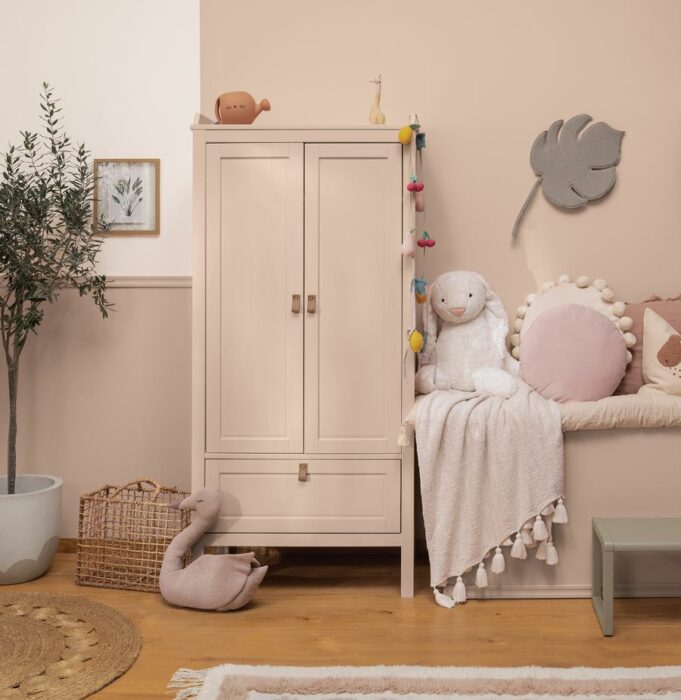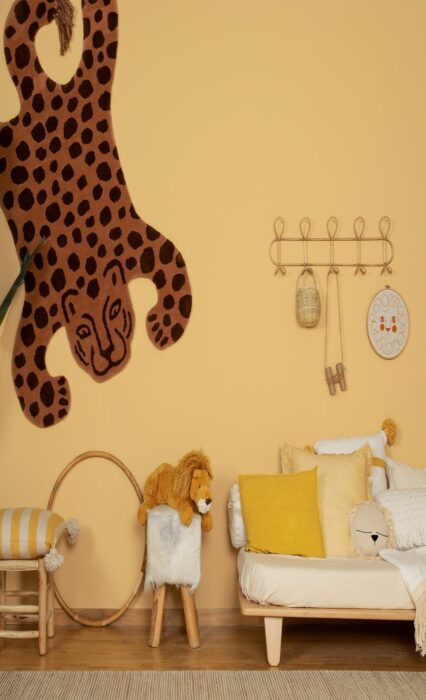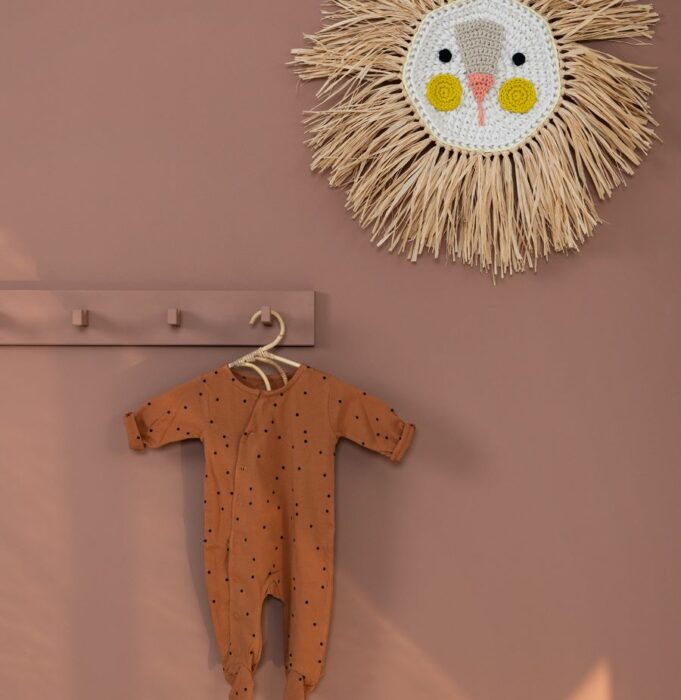7 tips for ensuring a safely & beautifully painted nursery
By Yasmine Eladly, Product Manager, Jotun Paints UAE
Providing the best for children and helping them grow in a safe home is every parent’s goal. When expecting a baby, a lot of time and effort usually goes into planning the home interiors, especially the nursery. One of the important parts of preparing the nursery is painting its interior since it is crucial to provide a space that is safe and pleasant for the baby to grow in.

With countless paints and hues available from several different paint suppliers, it can often get overwhelming to choose the right one. Here are a few tips to select safe paints for a nursery.
Choose the right colour – The colour that reflects your personality and tells the story of the happy house!
Colour has a significant impact on the way we think and feel and the same goes for babies. Different tones can facilitate distinct feelings such as excitement, anger, comfort, calm and more. Therefore, it is essential to consult a colour specialist to decipher the best colour that complements the overall home atmosphere and one that is most likely to keep the baby at ease.
For example, light shades of green promote calm and serenity due to its resemblance to nature. Similarly, shades of light pink can evoke feelings of love and joy. Also avoid choosing the colours which are gender specific. Choosing blue for boys and pink for girls are an old-fashioned way of colouring your nursery.
Pay attention to the washability feature of the paint
The nursery is considered as an area which can get dirty quickly and in which stains are more likely to occur on the walls. Whether the choice of paint has a silky finish (glossy) or matt, pay attention to how washable this paint is. The more washable the paint is, the less the hassle cleaning it will be. If the paint has superior washability, no colour fading will happen and this will keep the beauty of the colours as if the walls are always freshly painted.

Use paints with low or zero VOC
VOC refers to Volatile Organic Compounds – harmful chemicals that vaporize at room temperature and enter the atmosphere. Using paint with low or zero VOC is not only more environmentally friendly but also critical for the baby’s safety since VOCs are known to contribute to many health conditions including breathing difficulties, fatigue and more. By opting for low or zero VOC paints, nurseries are more likely to have a toxic-free environment with improved air quality.
Low VOC paints have 50 grams per litre or less of volatile organic compounds and Zero VOC paints have 5 grams per litre or less. Water-based paints normally have lower VOCs when compared to oil-based paints, however, it is still important to check the actual VOC content. This measurement is usually displayed on a paint’s technical data sheet but can also be checked with a paint expert.

Avoid smelly paint
A common feature of paint is the odour it emits. Although most paint smells are harmless, exposure to vapour from paint with high VOCs can harm full-grown adults and babies. Nevertheless, paints with low or zero VOCs are not necessarily odourless and can still negatively impact a baby’s comfort level. Some modern interior paints are both low in VOCs and contain properties that don’t emit any smell.
Therefore, they would be a great choice. However, if odourless paints are not available, it is advised to keep the nursery well ventilated when painting to remove the smell. This can be accomplished by opening windows or installing a few fans to blow out the fumes. Even after the paint dries, it is recommended to use HEPA (High Efficiency Particulate Air) filters to remove any lingering odour.

Minimise bacteria transfer
Naturally, the nursery is a part of the home where little ones will spend a significant amount of their time. While exploring the room they are likely to come into contact with the painted walls, so it is imperative to choose a paint that is ‘safe’ to interact with. This means choosing paints that have antibacterial and antifungal properties which minimize the transfer of bacteria on contact. Moreover, using water-resistant paints that leave walls washable and easy to clean can help remove unwanted stains and smudges while preventing the accumulation of germs.
Test the paint
It is always advised to test the paint. This helps prevent costly mistakes including safety, time and money. Paint can be tested on a small space on the nursery wall and observing it over a period of time under different lighting conditions. Paint colours are known to look different depending on many factors such as lighting, finish, amount of paint used, existing colour of the wall and more. Furthermore, odours might take far longer to dissipate than anticipated.
Therefore, it is best to start planning and testing the paint of a nursery early to ensure a smooth transition in welcoming and providing the baby a safe space to stay.
Paint can create crazy and beautiful ideas!
Go out of the box while painting the nursery. Make it playful by painting stencils of different shapes on the walls that little ones will love. If two babies are sharing the room, two colours can be chosen to separate the room and evoke a personalised feeling in each baby’s space. Painting the ceiling can also be a simple and great addition to add colour to the space that entices little ones to wonder and explore their imagination.











Comments